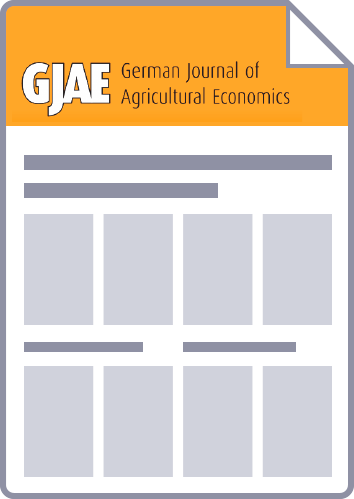There is debate about whether maximum residue limits (MRLs) for pesticides act as a catalyst or barrier to trade. By constructing a trade model based on heterogeneous firm quality and productivity, we show that MRLs’ net effects on total export value, the number of exporting firms, and the average export value per firm depend on the interplay between the effect on import demand and that on variable and fixed compliance costs. We employ firm-level transaction data for agri-food products exported from China to the European Union (EU). We use heterogeneity indices that combine the number and level of MRLs to measure MRL stringency between China and the EU; a Poisson pseudo-maximum-likelihood estimator with fixed effects is used for estimation. We find that stricter MRLs, whether imposed by China or the EU, promote China’s agri-food exports to the EU. However, such promotion effects are heterogeneous across agri-food-exporting firms. In China, updates to MRL standards improve agri-food-exporting firms’ ability to comply with stricter MRLs. Public investment and services help reduce compliance costs. Our findings provide new evidence that MRLs are not new non-tariff measures adopted to replace reduced import tariffs.


